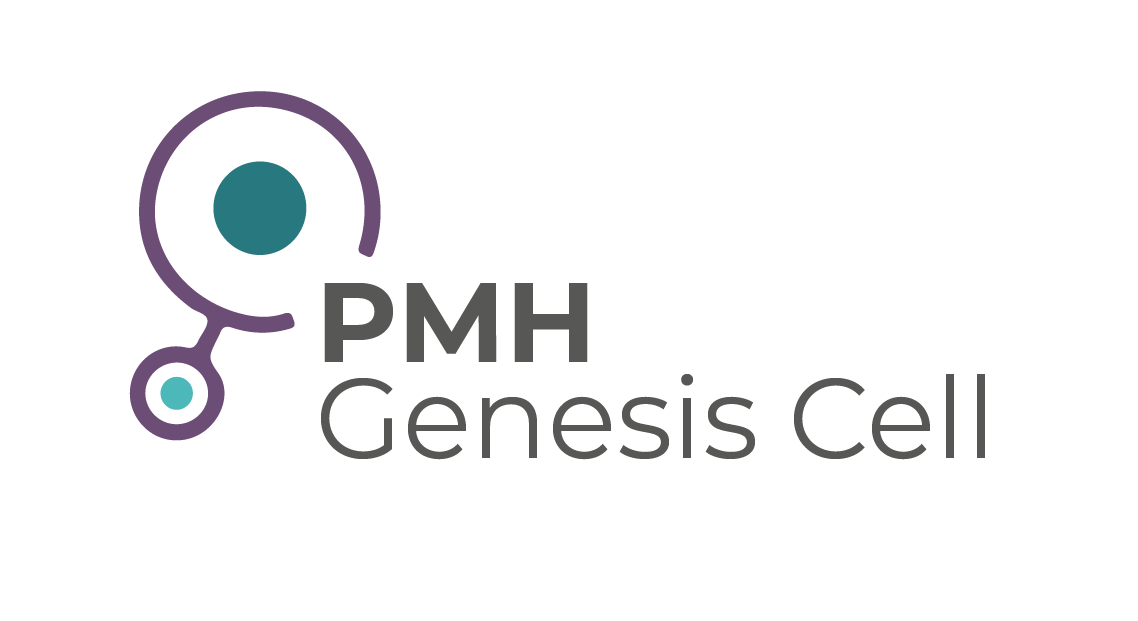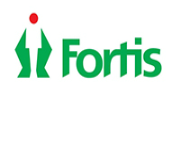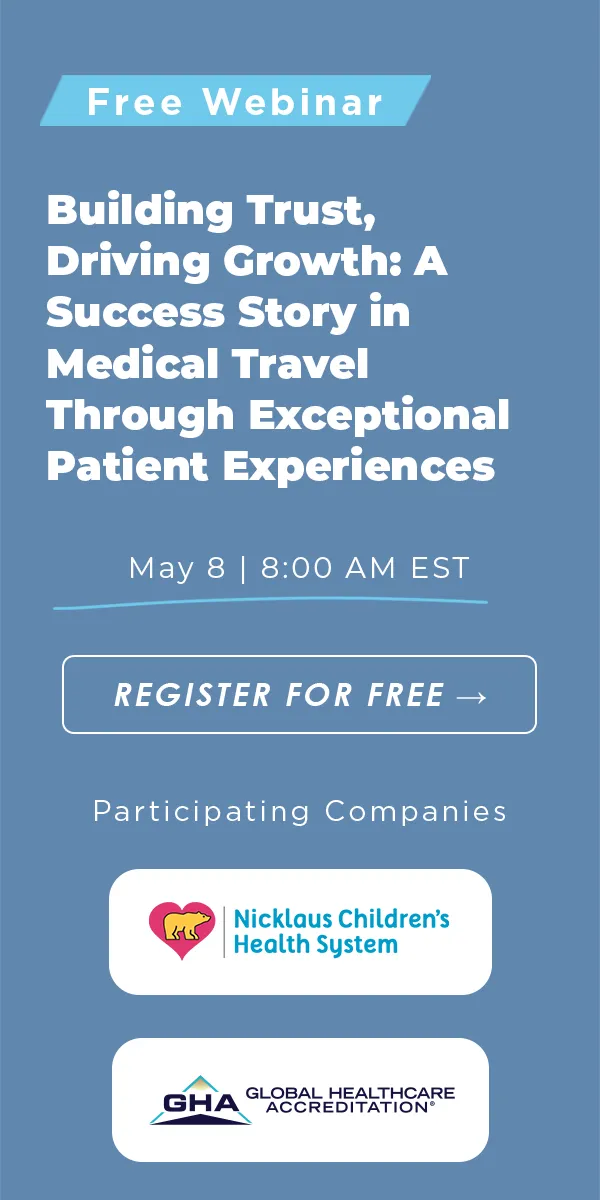Breast Augmentation/Reduction
Steps Involved in IVF:
Procedure Description
Breast augmentation and reduction surgeries are increasingly popular options for those looking to alter the size and shape of their breasts. Breast augmentation typically involves inserting implants to enhance the size, shape, or symmetry of the breasts. It's popular among women who might be dissatisfied with their breast size or who have experienced changes due to pregnancy, weight loss, or aging. On the other side, breast reduction surgery aims to remove excess tissue, fat, and skin to reduce the size of overly large breasts. This procedure can help relieve physical symptoms like back and neck pain, posture issues, or skin irritations beneath the breast area.
Both of these procedures go beyond cosmetic concerns. For example, breast augmentation can be part of breast reconstruction after a mastectomy, helping to restore physical appearance and emotional well-being. Breast reduction can dramatically improve the quality of life by alleviating physical discomfort and enhancing mobility. However, like any other surgery, it's crucial to thoroughly consult with a qualified healthcare professional to assess your needs, discuss the different techniques available, and weigh the risks and benefits of the surgery.
Medical tourism opens up a broader range of options for these procedures, giving you access to experienced surgeons, advanced techniques, and potentially more affordable care. Before taking the step to undergo a breast augmentation or reduction abroad, understanding the full scope of the procedure and associated logistics is imperative.
Procedure Duration
The length of time needed for breast augmentation or reduction will depend on various factors such as the complexity of the surgery, the techniques involved, and the patient's specific needs. Generally, breast augmentation can take anywhere from one to three hours to complete. Patients typically spend an additional few hours in the hospital for monitoring before being discharged. Breast reduction surgery usually takes longer, averaging between three to five hours, with some cases requiring an overnight hospital stay for optimal monitoring and recovery.
As for the recovery time, it's essential to factor in both the immediate recovery phase and the long-term healing process. For breast augmentation, most patients can expect to return to light activities within a week and fully resume normal activities within six weeks. Breast reduction patients may require a more extended initial recovery period of two to three weeks and may need up to two months before returning to full physical activities. In both cases, multiple follow-up appointments will be necessary to monitor the healing process, remove sutures, and ensure that the breasts are healing as expected.
Medical tourists should plan to stay in the destination country for at least a few weeks to allow for proper recovery and follow-up care, thereby minimizing risks and optimizing results.
Benefits
- Cost-Effectiveness: Lower labor and operational costs in some countries make the procedures more affordable.
- High-Quality Care: Some international healthcare providers specialize in cosmetic procedures, offering highly skilled surgeons and state-of-the-art technology.
- Minimal Wait Times: Many countries have shorter waiting lists for elective procedures, allowing faster access to medical care.
- Cultural Experience: Combining medical treatment with a stay in a foreign country offers a unique cultural experience.
Potential Destinations
- Thailand: Especially Bangkok, which is known for its top-notch healthcare system and advanced medical technology.
- South Korea: Seoul is globally recognized for its high standards in cosmetic surgery.
- Brazil: São Paulo and Rio de Janeiro offer some of the best cosmetic surgeons in the world.
- India: Cities like Delhi and Mumbai provide cost-effective options without compromising quality.
- Turkey: Renowned for offering good value for high-quality treatments, particularly in cities like Istanbul and Ankara.
Risks & Considerations
- Quality and Standards: Varying healthcare regulations across countries may affect the quality of care.
- Communication Issues: Language barriers can result in misunderstandings between patient and healthcare provider.
- Travel-Related Risks: Long-distance travel post-surgery may increase the risk of complications.
- Legal Recourse: Different countries have varied malpractice laws that might offer limited protection to foreign patients.
How to Choose the Right Doctor and Hospital
- International Accreditations: Look for healthcare facilities that have international healthcare accreditation.
- Check Surgeon Credentials: Ensure the surgeon is qualified and board-certified in their specialty.
- Read Reviews: Patient testimonials and reviews can offer invaluable insights into the quality of care you can expect.
- Personal Consultation: Utilize telemedicine options for initial consultations to assess comfort and trust levels with prospective healthcare providers.
To receive a free quote for this procedure please click on thelink: https://www.medicaltourism.com/get-a-quote
Patients are advised to seek hospitals that are accredited by Global Healthcare and onlywork with medical tourism facilitators who are certified by Global Healthcare Accreditation or who have undergone certification from the Certified Medical Travel Professionals (CMTP). This ensures that the highest standards in the industry are met. GHA accredits the top hospitals in the world. These are the best hospitals in the world for quality and providing the best patient experience. Click the link to check out hospitals accredited by the Global Healthcare Accreditation: https://www.globalhealthcareaccreditation.com
Frequently Asked Questions
What actually happens during hyperstimulation of the ovaries?
The patient will take injectable FSH (follicle stimulating hormone) for eight to eleven days, depending on how long the follicles take to mature. This hormone is produced naturally in a woman’s body causing one egg to develop per cycle. Taking the injectable FSH causes several follicles to develop at once, at approximately the same rate. The development is monitored with vaginal ultrasounds and following the patient’s levels of estradiol and progesterone. FSH brand names include Repronex, Follistim, Menopur, Gonal-F and Bravelle. The patient injects herself daily.
What happens during egg retrieval?
When the follicles have developed enough to be harvested, the patient attends an appointment where she is anesthetized and prepared for the procedure. Next, the doctor uses an ultrasound probe to guide a needle through the vaginal wall and into the follicle of the ovary. The thin needle draws the follicle fluid, which is then examined by an embryologist to find the eggs. The whole process takes about 20 minutes.
What happens to the eggs?
In the next step, the harvested eggs are then fertilized. If the sperm from the potential father, or in some cases, anonymous donor, has normal functionality, the eggs and sperm are placed together in a dish with a nutrient fluid, then incubated overnight to fertilize normally. If the sperm functionality is suboptimal, an embryologist uses Intracytoplasmic Sperm Injection to inject a single sperm into a single egg with an extremely precise glass needle. Once fertilization is complete, the embryos are assessed and prepared to be transferred to the patient’s uterus.
How are the embryos transferred back to the uterus?
The doctor and the patient will discuss the number of embryos to be transferred. The number of successfully fertilized eggs usually determines the number of eggs to be placed in the uterus. Embryos are transferred to the uterus with transabdominal ultrasound guidance. This process does not require anesthesia, but it can cause minor cervical or uterine discomfort. Following transfer, the patient is advised to take at least one days bed rest and two or three additional days of rest, then 10 to 12 days later, two pregnancy tests are scheduled to confirm success. Once two positive tests are completed, an obstetrical ultrasound is ordered to show the sac, fetal pole, yolk sac and fetal heart rate.
Embryoscope©
Built into this technology there is a microscope with a powerful camera that allows the uninterrupted monitoring of the embryo during its first hours of life. In this way, we can keep a close eye on the embryo, from the moment when the oocyte is inseminated and begins to divide into smaller and smaller cells, until it can be transferred to the uterus.
Orthopedics Stem Cell
Knee
Research on mesenchymal stem cells regenerative properties in knee osteoarthritis. In these studies, researchers suggest that Stem Cell Therapy has the potential to regenerate lost cartilage, stop and reverse cartilage degeneration, provide pain relief, and improve patient mobility.
Shoulder
Stem Cell Therapy as an Alternative to Rotator Cuff & Shoulder Replacement Surgery. Stem cell therapy may offer an excellent alternative for patients looking to avoid shoulder joint replacement surgery, as well as many other surgical treatments for shoulder pain.
Ankle
If you suffer from chronic or acute ankle pain or instability due to arthritis, cartilage loss, ligament strain or tear, or tendon damage, then you may benefit from non-surgical stem cell treatments or stem cell-enhanced surgery.
Back Pain
Patients now have a minimally invasive option. Stem cell therapy for back pain and disc herniations can potentially repair the damaged disc or facet joint, restore function, rehydrate the disc, and ultimately alleviate chronic pain.
Anti-Aging Stem Cell
Hair Loss
Stem cell therapy and PRP therapy have been shown to be most effective for: Those in the early stages of hair loss, patients who are not viable candidates for surgery and women who prefer to avoid hair surgery.
Facial Anti-Aging
Aesthetic Anti-Aging. The Aesthetic Stem Cell Localized Treatment is a non-surgical minimally invasive procedure to enhance the appearance of aging skin and hair restoration. This all-natural technique combines dermal injections of bone marrow or adipose tissue derived stem cells and growth factors.
Fertility Stem Cell
Endometrial PRP
The stem cells used for treatment of a thin endometrium include mesenchymal stem cells. In addition, successful repair of the endometrium in pregnancy with stem cells has been reported previously.
Low Ovarian Reserve (PRP)
The treatment uses PRP (Platelet-Rich-Plasma), which with stem cell therapy is the novel therapeutic approach for restoring the quality of the ovarian reserve.Your PRP will contain a physiologic balance of platelets, growth factors and white blood cells tailored specifically for you.

Punta Mita Hospital
Mexico


Punta Mita Hospital - Genesis Cell
Mexico


























